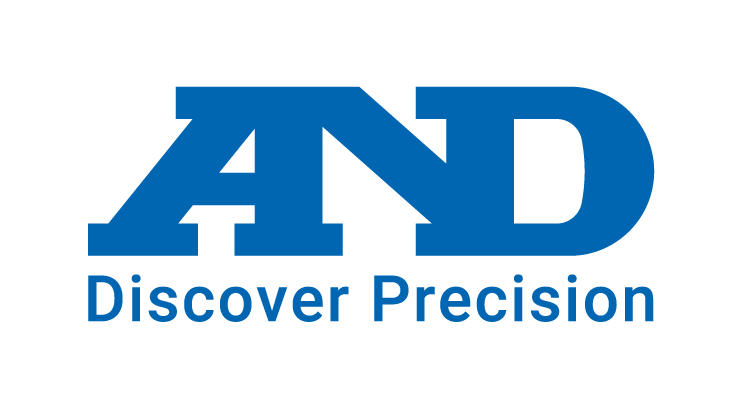This time I would like to talk about the newly revised Japanese Industrial Standard JISZ8803: “Methods for Viscosity Measurement of Liquid”. The most significant change made this time was the addition of vibration-type viscometers as one of the standards. I would like to leave the details of the new standardization to the actual document itself or to published interpretations, and instead look at some of the background to its introduction.
The fundamental principles of the vibration viscometer were proposed a long time ago, but there were always many high technological hurdles that made its commercialization extremely difficult. As a consequence, it took around 20 years until it was finally commercialized. Meanwhile, the American car maker Ford Motors, which led the way in the mass production of car engines originally developed by a European manufacturer, first started viscosity control in its manufacturing processes more than 100 years ago. Since that time there have been various viscometers proposed and you could say the viscometer has a very long history in industrial production.
I’ll return to the new Japanese Industrial Standard. JIS standards on the measurement of viscosity were first enacted in 1959. The standards were supposed to be revised every five years, but the previous last revision occurred in 1991 so since that time more than 20 years passed without a rethink of the standards.
Naturally during this period there has been significant technological progress made around the world, and in Japan there have been major changes to society and the important industries that support it. In the field of viscosity measurement as well, the vibration viscometer has become well established as a new method of measuring viscosity during this period and its production has increased greatly. In today’s industries, many vibration viscometers can be found in use as an important tool for the management, control and analysis of liquids, in both research labs and on production lines.
Behind the development of this vibration viscometer were advances in electrical circuitry technology based on semiconductor (IC) technology, and the resulting advances in control technology, as well as the digitalization of measuring and use of computers for visualizing analysis results.
As a method for assessing the physical properties of liquids, viscosity is the most fundamental physical quantity assessed. For example, when liquids are being conveyed on a production line, flow rates, which are based upon kinetic viscosity, form an important aspect of production line control. Also, engine oil’s viscosity in response to very high and low temperatures clearly affects not only the engine’s characteristics but also the possibility of burnout. In the case of engine oil in particular, as its performance within an engine can have such a dramatic influence on reducing mechanical energy loss, and hence lead to significant improvements in fuel consumption, there is fierce competition between oil makers to develop the most efficient product.
Or when flying, consideration of the viscosity of the oil circulating in the many hydraulic cylinders of the plane’s drive-train under enormous changes of temperature is extremely important.
In applications away from the industrial uses mentioned above, the measurement and analysis of low viscosity beverages to improve their drinkability is progressing significantly. In the food sector, for such uses as developing liquid meals or barium sulfate for X-ray scanning, viscosity measurement is necessary to pursue the ease of consumption as well as the prevention of accidental swallowing. Furthermore, in the medical sector measurement of viscosity of bile or blood with a small sample quantity is required, and vibration viscometers are being regarded as particularly useful in such applications.
For the newly revised JIS, there have been two additions for vibration viscometers: the tuning fork type and the rotational-vibration type. The special characteristics of vibration viscometers are their high sensitivity and wide dynamic range, which allows them to measure a vast range of liquids, from those with viscosities lower than water to those with ten thousand times the viscosity of water. They can also measure viscosity with a sample of just a few milliliters and can perform consecutive measurements over a period of time to measure viscosity over a change of temperature. Finally, since the energy applied to the sample is minimized, the measurement can be completed in a few dozen seconds.
In the development of new materials, new methods of measurement must also accordingly be introduced. Viscosity measurement in many of the above mentioned situations was previously difficult until the development and use of the vibration viscometer. It is anticipated that the vibration viscometer will contribute to the development and improvement of substances in new fields and be further effectively used as a viscosity measurement method that sustains Japanese advanced materials technology in a variety of fields.
Lastly, I would like to add the following comments. To all those who have shared the task of completing a very wide range of JIS revisions on viscosity over a short period of approximately just one year, I’m sure you will feel a big load lifted from your shoulders. While the positioning of JIS is less clear these days, we have accomplished world-leading standardization and I would like to take this opportunity here to express my thanks and appreciation for all your hard work and efforts.

